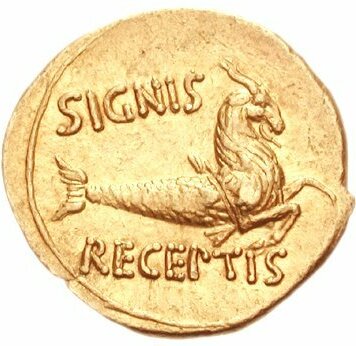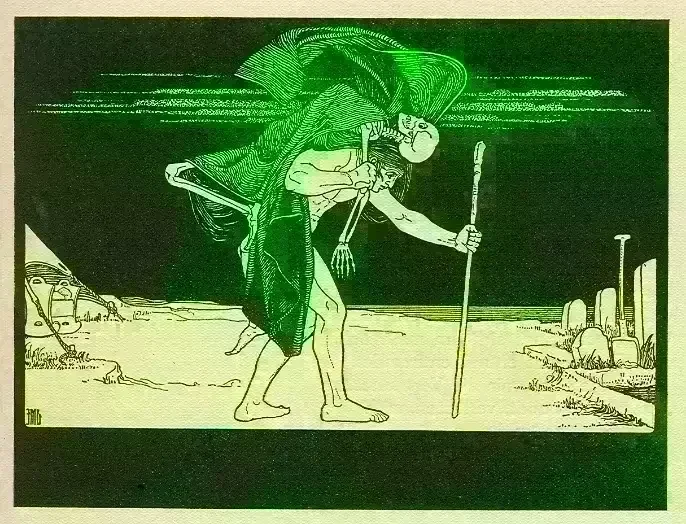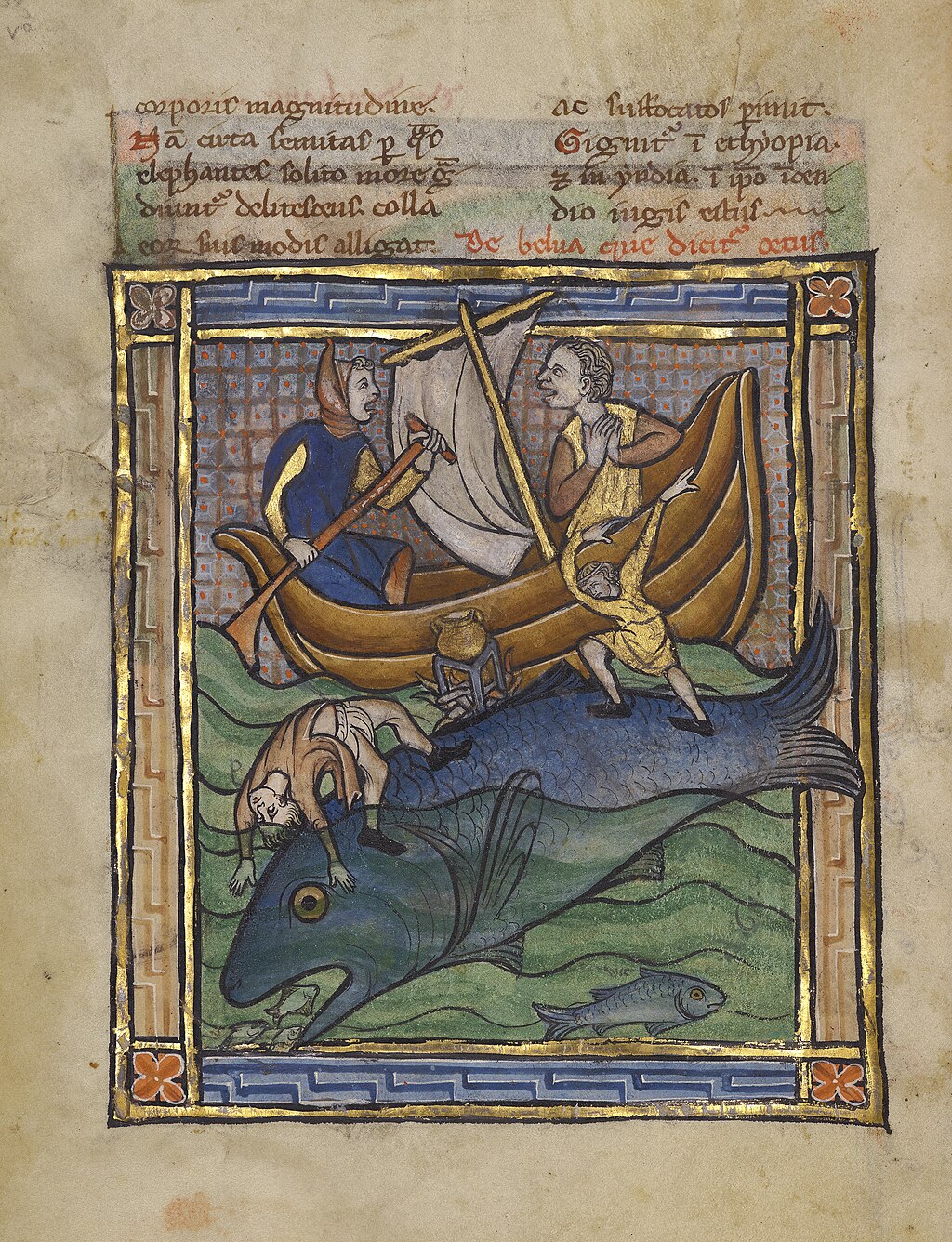Sea goat

The sea goat (also known as the goat fish) stands as one of mythology's most distinctive hybrid creatures, characterized by its remarkable dual nature—possessing the upper body of a goat and the lower half of a fish. This chimeric being bridges the terrestrial and aquatic realms in ancient legends.
Greek mythology incorporated the sea goat concept when adapting the Babylonian zodiac. To integrate the constellation Capricornus into their existing pantheon, the Greeks developed two primary mythological explanations. The first identifies the constellation as Amalthea, the nurturing goat who raised the infant Zeus. As an expression of gratitude for her care during his vulnerable childhood, Zeus immortalized Amalthea among the stars.
The second and more elaborate myth connects the sea goat to Pan, the untamed god of wilderness and nature. According to this tale, Pan attempted to escape the fearsome monster Typhon by leaping into a river. In his haste to transform into a fish for concealment, Pan only partially completed the metamorphosis—his upper body retained its goat-like form while his lower half became that of a fish. The narrative continues with Zeus confronting and ultimately defeating Typhon, though not without suffering significant injuries when the monster tore muscles from Zeus's legs. Pan, alongside Hermes, successfully restored Zeus's damaged muscles. In recognition of this healing service, Zeus honored Pan by placing his image in the heavens as Capricorn. Similarly, the god Aegipan appears in Greek artistic representations as a sea goat.
Archaeological evidence from Aphrodisias reveals the sea goat's cultural significance, with artifacts including coins from the 3rd century AD depicting the goddess Aphrodite riding majestically upon a sea goat—further illustrating the creature's divine associations in ancient Mediterranean traditions.


